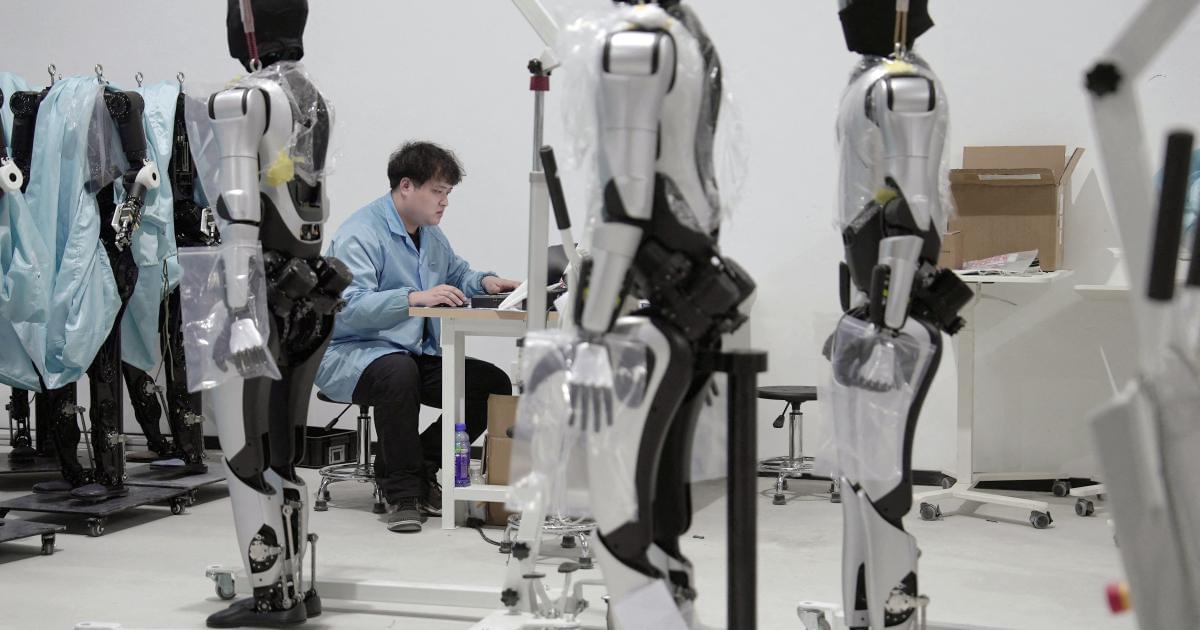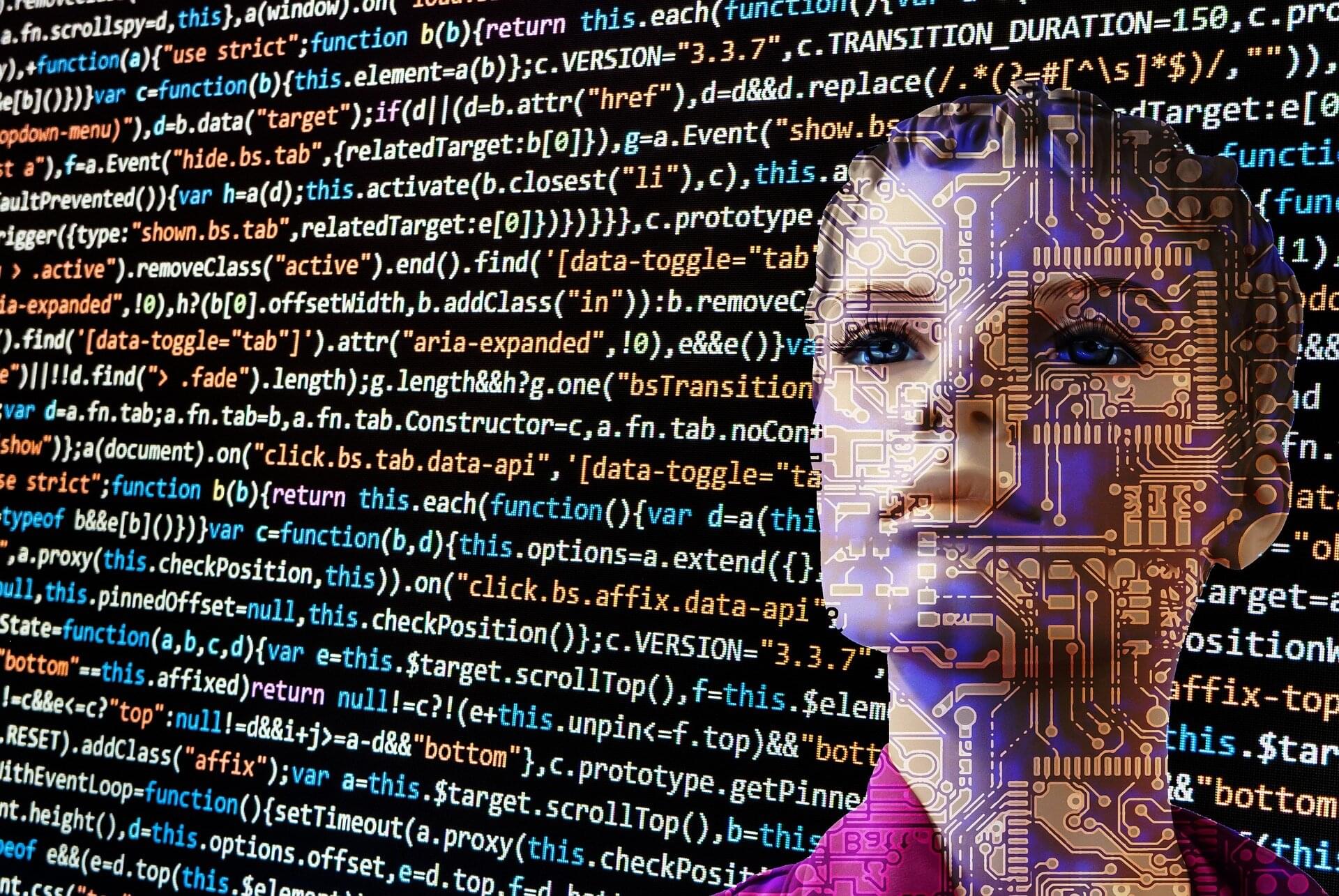David Shapiro
Category: robotics/AI – Page 214

Neuroscientists develop AI tool to unlock cerebellum’s secrets
Understanding and treating brain disorders such as tremor, imbalance, and speech impairments requires deep knowledge of the cerebellum, a part of the brain that’s crucial for making accurate movements.
Scientists have long been able to eavesdrop on and record the electrical signals transmitted by neurons (brain cells) in the cerebellum, allowing them to observe the signals entering and exiting this region. But the computations that the brain performs between the input and output have been largely a mystery.
However, that is now changing. A team of researchers, including those from Baylor College of Medicine, have created an artificial intelligence tool that can identify the type of neuron producing electrical signals recorded from the cerebellum during behavior, allowing a new understanding of how the cerebellum works.

Novel technique overcomes spurious correlations problem in AI
AI models often rely on “spurious correlations,” making decisions based on unimportant and potentially misleading information. Researchers have now discovered these learned spurious correlations can be traced to a very small subset of the training data and have demonstrated a technique that overcomes the problem. The work has been published on the arXiv preprint server.




Edibles, Vaping, and Dabbing on the Rise Among U.S. Adults
“Vaping and dabbing were most common among young adults aged 18–24 years. Trends in both of these routes of use have increased among adolescents and young adults.”
How does the average U.S. adult consume marijuana? This is what a recent report published by the Centers for Disease Control and Prevention (CDC) hopes to address as a team of CDC researchers investigated the range of cannabis products that are used by U.S. adults and which products are used more than others. This report has the potential to help scientists, legislators, and the public better understand cannabis use throughout the United States and develop educational and preventive measures for its use.
The report states, “As the availability and types of cannabis products expand, less is known about how persons consume cannabis. Historically, cannabis has most often been smoked; however, additional routes of use are available, including oral ingestion, vaping, and more recently, dabbing (i.e., inhalation of highly concentrated THC-based oils often heated using a blowtorch).”
For the study, the researchers conducted a survey of 138,625 participants to identify how both the frequency and method of cannabis use and broken up into several age groups. In the end, they found that 14,044 (15.3%) used cannabis with 6,848 (7.9%) using it daily. They found that 79.4% smoked cannabis while eating, vaping, and dabbing comprised 41.6%, 30.3%, and 14.6%, respectively. Additionally, 29.3% of non-Hispanic American Indian or Alaska Native (AI/AN) individuals were found to participate in dabbing, along with 23% of individuals without a high school diploma.


